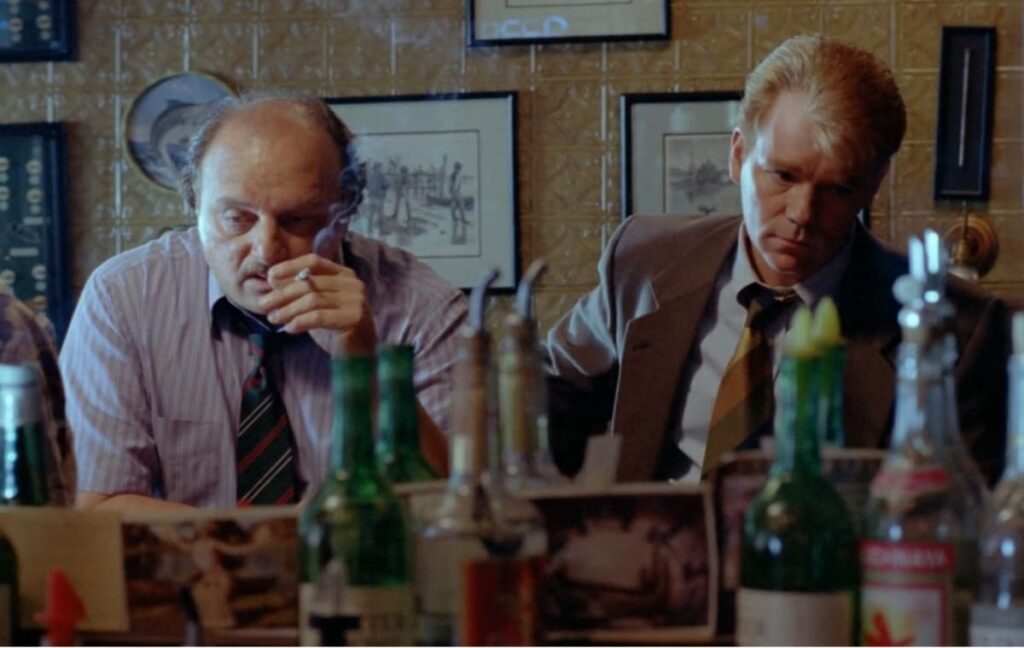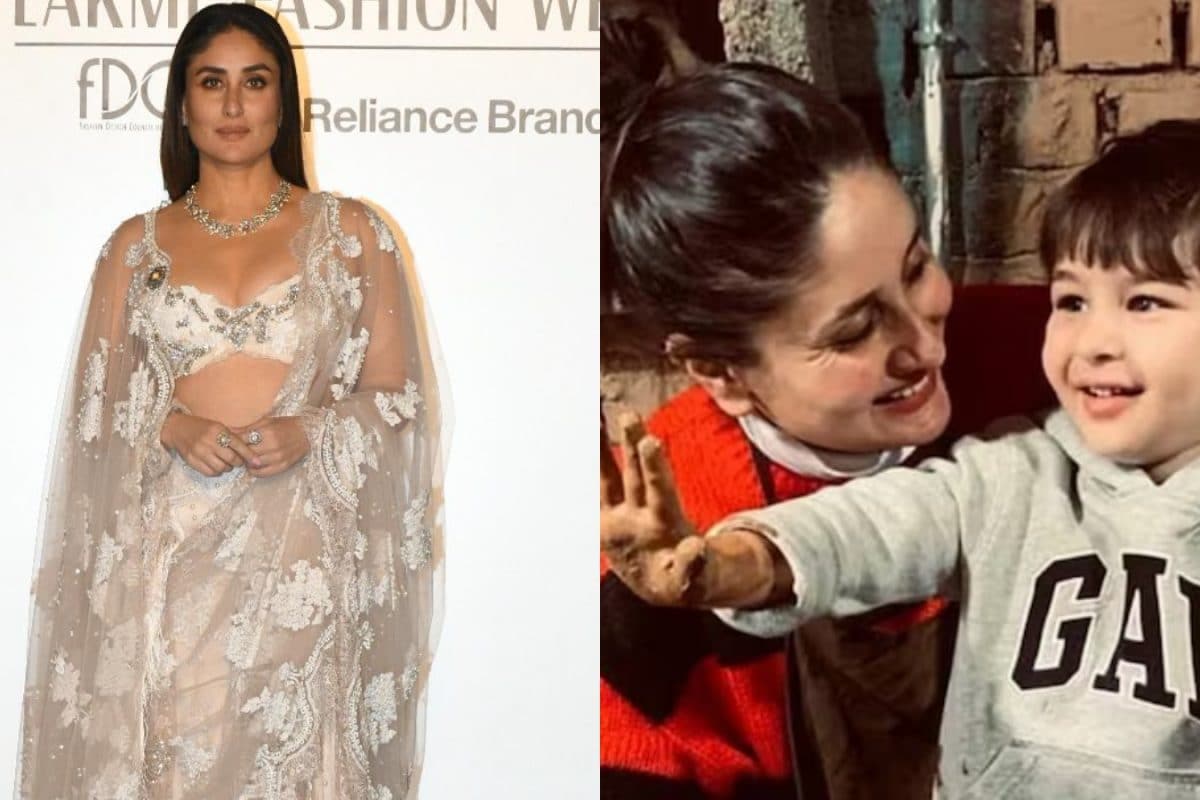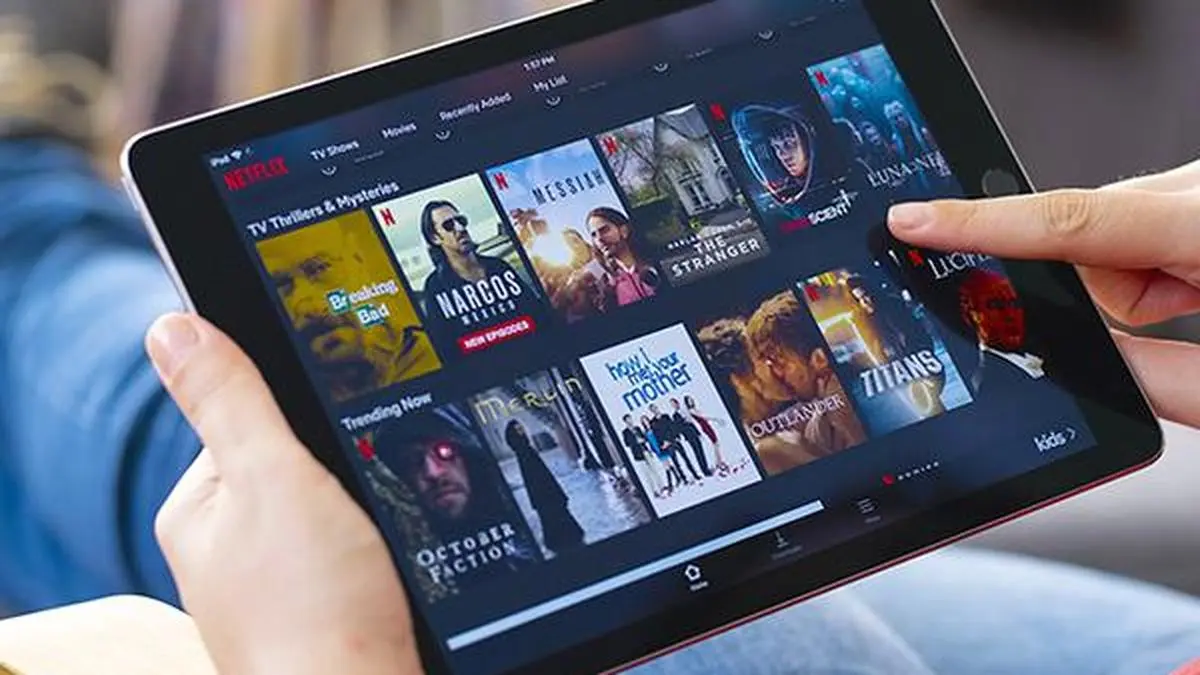Law enforcement shows have long been a staple of television, capturing our fascination with crime, justice, and the human stories behind the badge. They’ve come a long way from the days when cops were always the good guys and the bad guys always paid the price. Over the decades, these shows have reflected our own shifting views about justice, morality, and what it means to protect and serve — for better or worse.
So let’s take a walk down this gritty, sometimes glamorous memory lane together and see how these shows have evolved into the powerful stories we love (and love to argue about) today. Back in the day, shows like Dragnet and Adam-12 gave us a world where everything was black and white — literally and figuratively. With procedural storytelling and a laser focus on “just the facts,” these dramas painted officers as the unflinching heroes of their communities.

They were stoic, upright, and always on the side of right. But let’s be honest: these shows were a product of their time. They reflected the post-war era’s societal trust in authority figures and sidestepped any real societal critiques.
Sure, they laid the groundwork for the genre, but they also left out the messier, more human aspects of policing. No one was having an existential crisis over their badge in Dragnet. That would come later.
Then came the ’70s and ’80s, and boy, did things get interesting. Hill Street Blues wasn’t just a game-changer; it was a revelation. For the first time, we s.

























